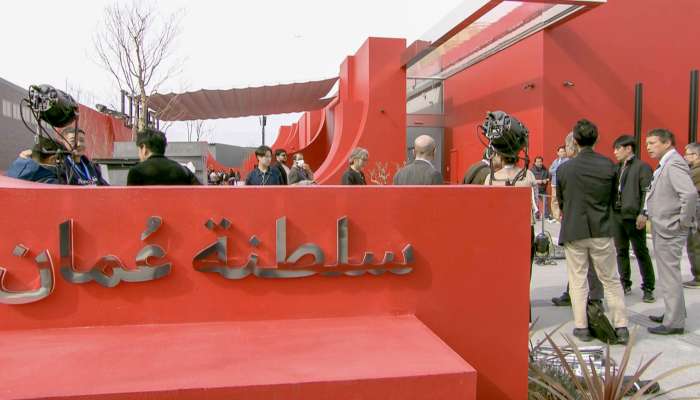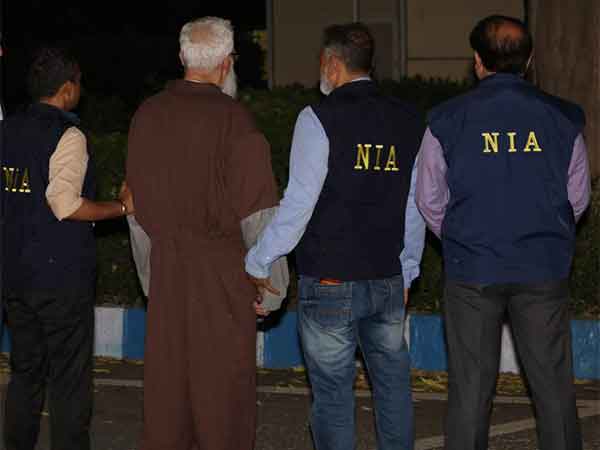Leadership inside the Shadows: How Hamas Is Adapting After the Loss of Its Top Commanders

The ongoing war in Gaza has claimed many lives and triggered immeasurable destruction, but amid the chaos, the Palestinian militant group Hamas maintains to conform and continue to exist. Following the targeted assassinations of a number of its maximum excessive-profile leaders—such as political chief Ismail Haniyeh, navy chief Mohammed Deif, and October 7 mastermind Yahya Sinwar—Hamas has quietly restructured its leadership, now cloaking it in secrecy to keep away from similarly losses.
A Shift Toward Anonymous Leadership
Unlike its Lebanese ally Hezbollah, acknowledged for building a cult of personality around figures like Hassan Nasrallah, Hamas has never closely emphasized charismatic leadership. This trend has intensified in recent months. A source near Hamas’ armed wing, the Ezzedine al-Qassam Brigades, said, “The name of the head of the Ezzedine al-Qassam Brigades will continue to be a mystery.” This method reflects each a strategic and symbolic shift: the focal point is now not on individuals, however on collective resilience.
Speculation indicates that Yahya Sinwar’s younger brother, Mohammed Sinwar, has taken a leading position—particularly in dealing with the hostages taken at some point of the 2023 assaults. According to political sociologist Laetitia Bucaille, his blood relation to Yahya and his experience within the brigades have granted him extensive authority.
Resilience within the Face of Loss
Despite struggling staggering losses, Hamas keeps to operate and evolve. Israel’s vow to eradicate the organization has no longer been found out, in element due to Hamas’ decentralized shape. Yasser Abu Heen, founder of the Gaza-based Safa information organization, defined that at the same time as the losses have impacted Hamas, “These hits do no longer pose an existential crisis… Hamas has its very own way of walking its establishments.”
The motion’s political bureau capabilities as an government arm, with decisions voted on and carried out together. Members of this bureau are appointed by way of a bigger Shura Council, similar to a parliamentary body. This inner structure offers a layer of insulation towards leadership decapitation strategies.
Internal Struggles and Uncertain Future
However, leadership secrecy and institutional patience do no longer guard Hamas from internal tensions. The war and resulting humanitarian disaster have intensified debates within the agency. According to the Soufan Center, there is growing stress within Hamas, with some political leaders taking into consideration a spoil from military commanders in Gaza. This schism, if found out, ought to mark a first-rate shift in how Hamas engages both politically and militarily.
Externally, calls are growing for Hamas to relinquish control of Gaza. The Palestinian Authority, marred with the aid of a long time of corruption, has located itself as a capability opportunity governance shape. International actors also are urgent for a submit-warfare roadmap that doesn’t include Hamas at the helm.
Musa Abu Marzouk, a senior Hamas figure, admitted to The New York Times that the October 7 attacks may have gone too far. “If it changed into expected that what passed off might happen, there wouldn’t have been October 7,” he said. This uncommon moment of reflection underscores the gravity of the fallout.
Public Discontent and Waning Support
Public opinion in Gaza is increasingly risky. In March, masses of civilians protested in the roads, chanting “Out, out, Hamas out!”—a rare and threatening act of defiance underneath the institution’s rule. Analysts like Leila Seurat endorse that even as some Palestinians have always adverse Hamas, many others are truly worn down with the aid of steady war and devastation.
Yet, changing Hamas is less difficult said than performed. There is no feasible political competitor inside Gaza, and the civilian population lacks the sources and stability required to arrange meaningful resistance. “They are nevertheless in control,” stated Bucaille. “While Hamas has been weakened, no person can rise up to it for now.”
Conclusion
As the conflict continues and the toll mounts, Hamas faces perhaps the maximum pivotal moment in its history. Shrouded management, internal divisions, and external strain have positioned the motion at a crossroads. Whether it can maintain to reinvent itself at the same time as retaining legitimacy and control remains to be visible. But one factor is obvious: Hamas is not going away quietly, and the warfare over Gaza’s destiny is a long way from over.


